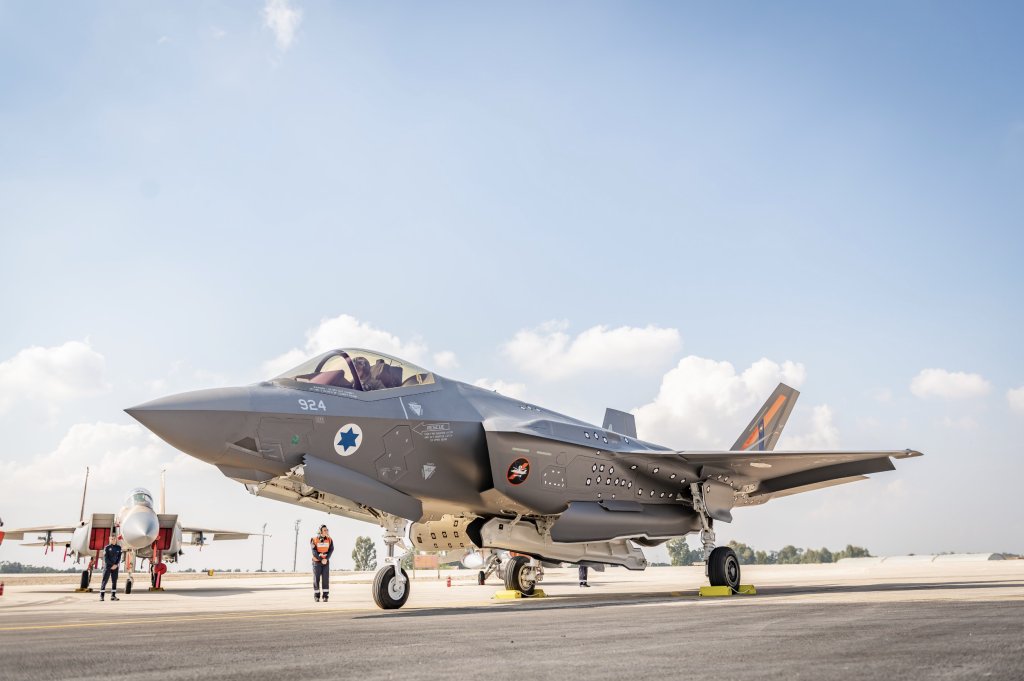The F-35 Lightning II Joint Strike Fighter has been plagued with controversy and growing pains throughout its development and operational fielding. However, the controversial stealth fighter has seen widespread adoption and fielding by the United States and its allies around the world. One of the most enthusiastic adopters of the F-35 is the Israeli Air Force. Israeli F-35s were the first to see combat in 2018. On March 7, 2022, the Israeli Defense Forces declassified a report and footage of the F-35 scoring its first air-to-air kills.
“On March 15, 2021, two Iranian UAVs attempted to infiltrate Israel,” the previously classified IDF report states. “The Israeli Air Force successfully intercepted these UAVs using a F-35I “Adir” fighter jet.” According to the IDF, the drones were carrying weapons en route to the Gaza Strip. The footage released by the IDF is from the F-35’s point of view and begins with the pilot making visual contact with the first drone. In contact with a controller, the pilot receives permission to fire on the drone. Cleared to shoot, he launches a missile which connects with the drone and destroys it.

The IDF footage continues with a second intercept by a different F-35. It begins with a controller confirming the pilot’s identification of the drone and its triangular wing. The pilot, who presumably already received permission to engage, fires a missile which makes impact and the video ends with the destruction of the second drone.

While not as glamorous as a dogfight with a piloted aircraft, drone intercepts still require great skill and precision. Smaller UAVs, like the ones shot down by the Israeli F-35s, are more difficult to acquire both visually and with radar and can be just as difficult to secure a lock onto. With its first aerial kills under its belt, the F-35 continues its fight to prove itself on the modern battlefield.



